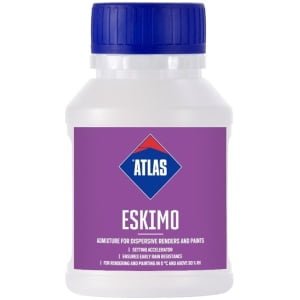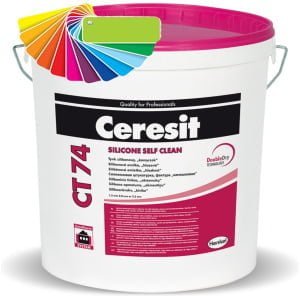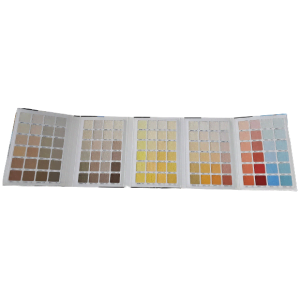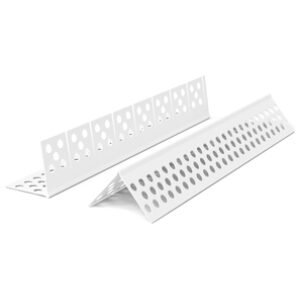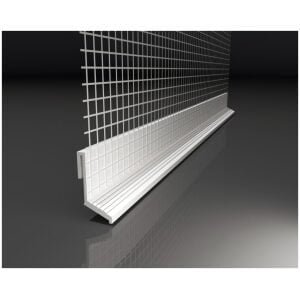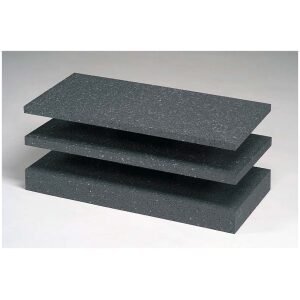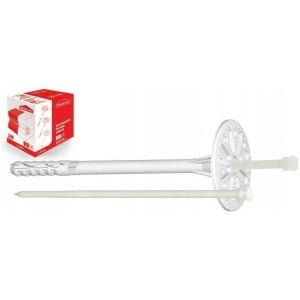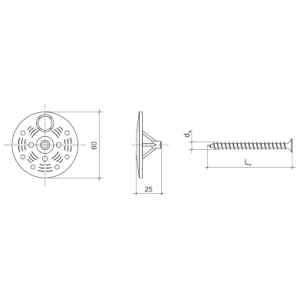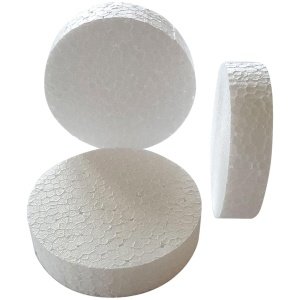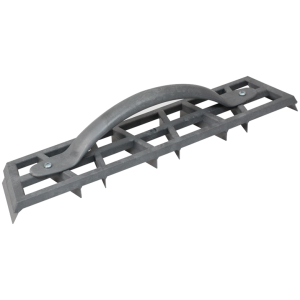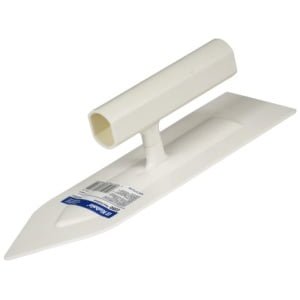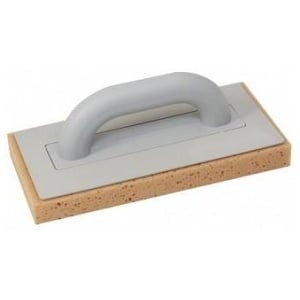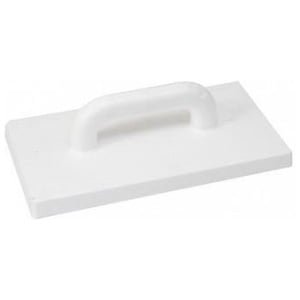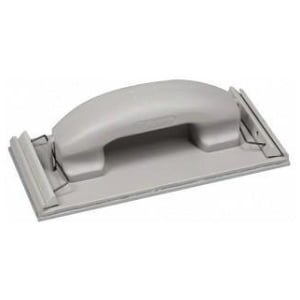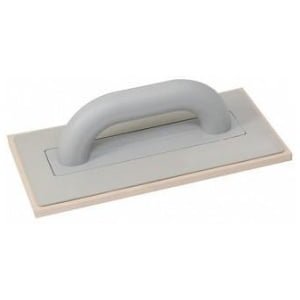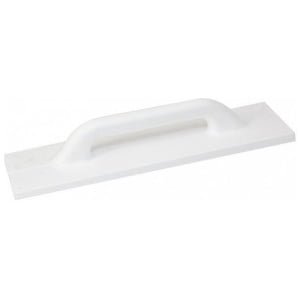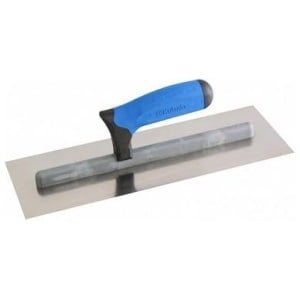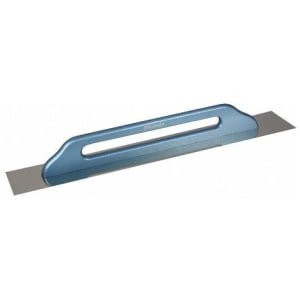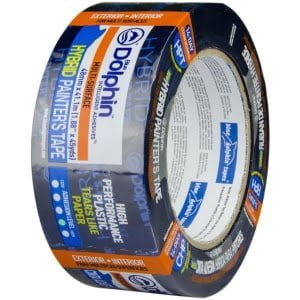External wall insulation system

An exterior wall insulation system is a thermally insulated, protective and decorative exterior cladding procedure involving the installation of insulating material on the exterior of a building’s walls.
The insulation system provides thermal protection and reduces heat loss in winter and heat gain in summer. Insulation also provides protection from rain, wind and other extreme weather conditions. Exterior cladding also improves the appearance of buildings, providing a finish that can be matched to any architectural style or taste.

The thickness of thermal insulation depends on the type required to create a partition with a heat transfer coefficient of U=0.25-0.3 W/m2K.
Building regulations are sets of rules that are enforced by law. The purpose of these standards is to provide protection against natural hazards, such as earthquakes and floods, as well as man-made hazards, such as fire.
It is important to know what these standards dictate in terms of insulation requirements.
One of the most important considerations for a structure is how long it will last. A building subject to high levels of vandalism will require more maintenance and repairs, so the cost of ownership will be higher. The most durable materials tend to be the most expensive, but will provide a better return on investment over time.
Exterior wall insulation systems usually consist mainly of an insulation layer. The layer is a component that helps prevent heat transfer through the surface. This is done by trapping air between two sheets of material, which slows the flow of heat.
Insulation layers consist of many different materials, including mineral wool, polystyrene foam and polyurethane foam.
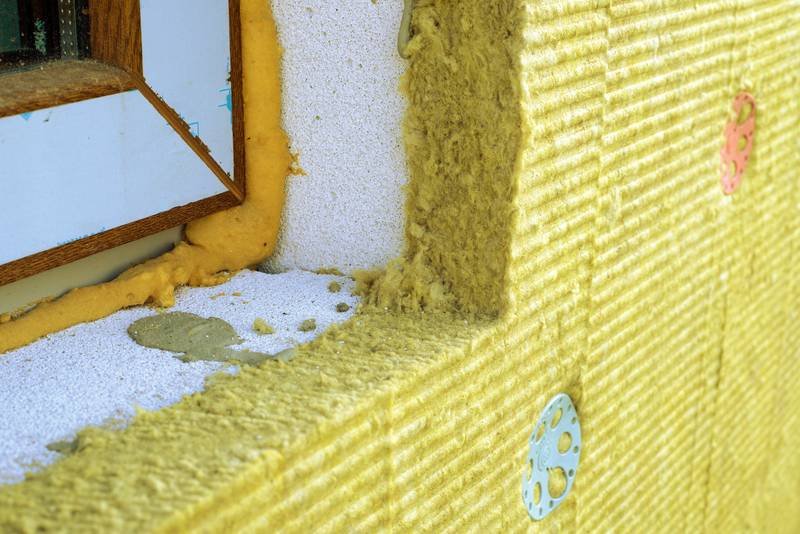
The most commonly used material for insulation is mineral wool. It is a natural fiber that has been braided into small strands to create a fluffy and lightweight insulation material.
Another component of insulation is Insulating plaster is a type of plaster used as an insulator in the construction industry and protects the building from the outside elements in particular the weather.
Any system selected and installed should be certified by a notified body. This will help avoid misunderstandings and make sure that the system meets the required standards.




















